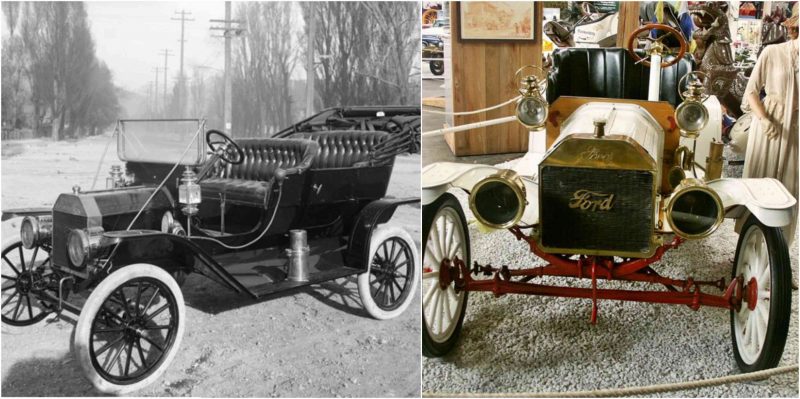I will build a car for the great multitude. It will be large enough for the family, but small enough for the individual to run and care for. It will be constructed of the best materials, by the best men to be hired, after the simplest designs that modern engineering can devise. But it will be so low in price that no man making a good salary will be unable to own one – and enjoy with his family the blessing of hours of pleasure in God’s great open spaces.
– Henry Ford
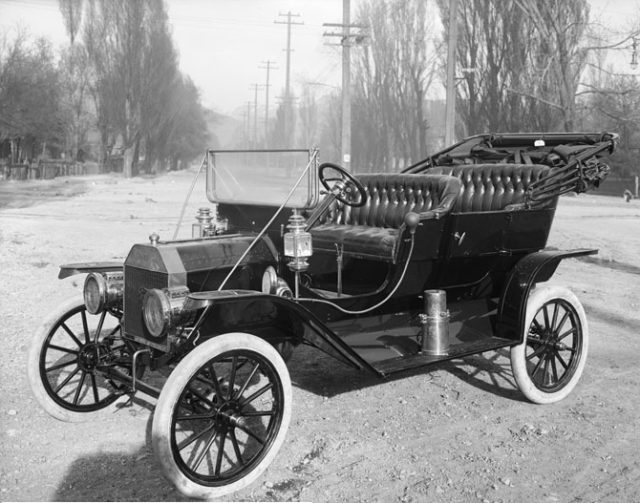
The Ford Model T or Tin Lizzie was produced by Ford Motor Company from October 1, 1908, to May 26, 1927. With 16.5 million sold, it is named the most influential car of the 20th Century.
Although automobiles had already existed for decades, they were still mostly scarce and expensive until the Model T’s introduction in 1908. Positioned as reliable, easily maintained mass market transportation, it was a runaway success. In a matter of days after the release, 15,000 orders were placed.
The first production Model T was produced on August 12, 1908 and left the factory on September 27, 1908, at the Ford Piquette Avenue Plant in Detroit, Michigan. On May 26, 1927, Henry Ford watched the 15 millionth Model T Ford roll off the assembly line at his factory in Highland Park, Michigan.
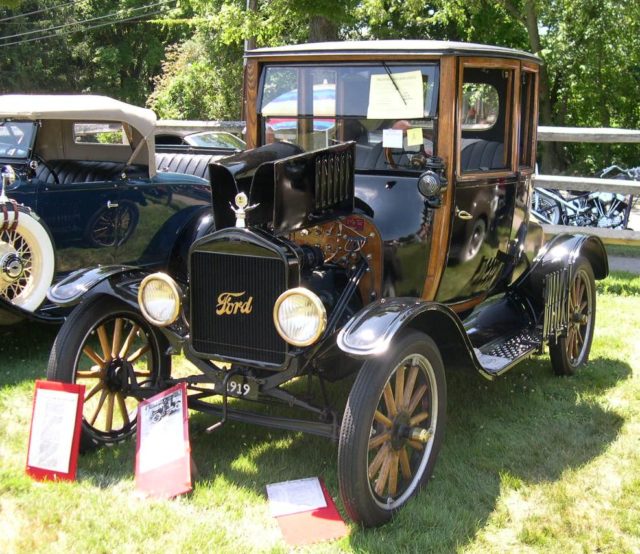
There were several cars produced or prototyped by Henry Ford from the founding of the company in 1903 until the Model T was introduced. Although he started with the Model A, there were not 19 production models (A through T); some were only prototypes.
The production model immediately before the Model T was the Model S, an upgraded version of the company’s largest success to that point, the Model N. The follow-up was the Ford Model A (rather than any Model U). The company publicity said this was because the new car was such a departure from the old that Henry wanted to start all over again with the letter A.
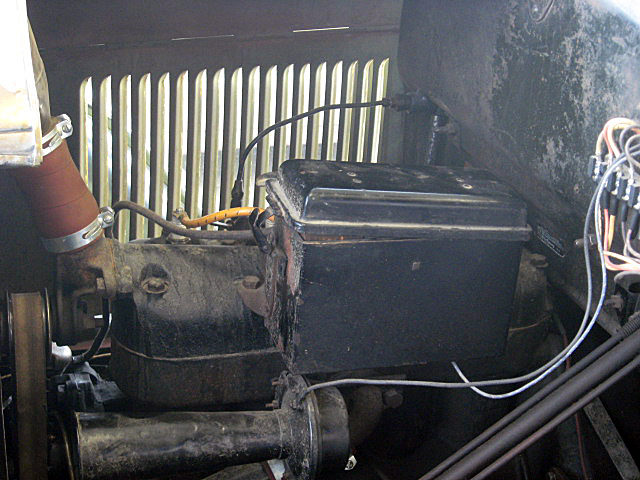
The Model T was designed by Childe Harold Wills, and Hungarian immigrants Joseph A. Galamb and Eugene Farkas. Henry Love, C. J. Smith, Gus Degner and Peter E. Martin were also part of the team. Production of the Model T began in the third quarter of 1908.
Collectors today sometimes classify Model Ts by build years and refer to these as “model years”, thus labeling the first Model Ts as 1909 models. This is a retroactive classification scheme; the concept of model years as we conceive it today did not exist at the time. The nominal model designation was “Model T”, although design revisions did occur during the car’s two decades of production.
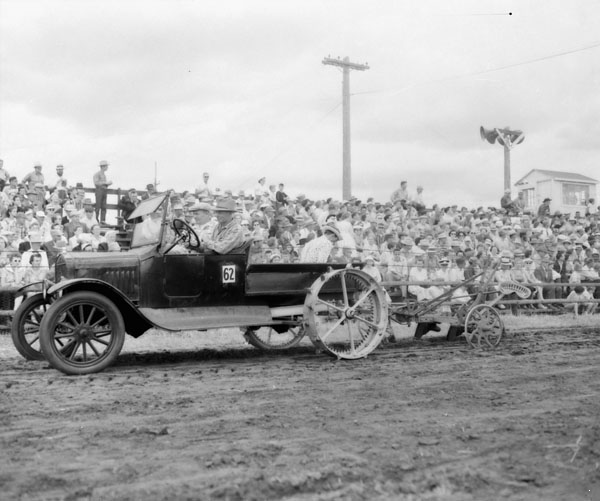
When the Model T was designed and introduced, the infrastructure of the world was quite different from today’s. Pavement was a rarity except for sidewalks and a few big-city streets. (The sense of the term “pavement” as equivalent with “sidewalk” comes from that era, when streets and roads were generally dirt and sidewalks were a paved way to walk along them).
Agriculture was the occupation of many people. Power tools were scarce outside factories, as were power sources for them; electrification, like pavement, was found usually only in larger towns.
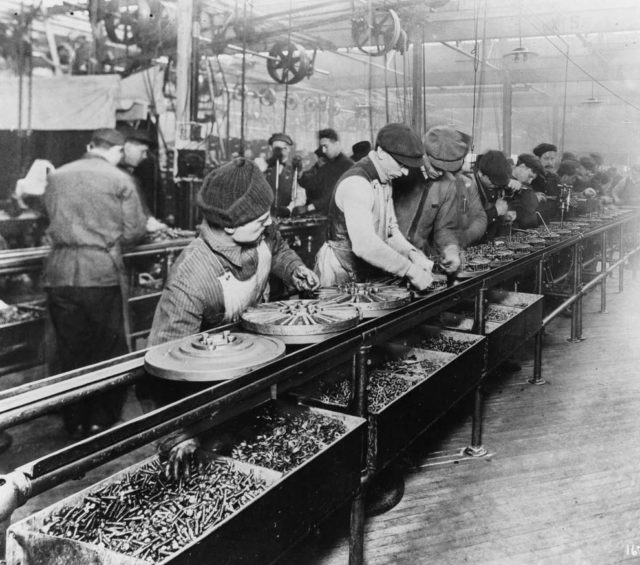
Rural electrification and motorized mechanization were embryonic in some regions and nonexistent in most. Henry Ford oversaw the requirements and design of the Model T based on the realities of that world.
Consequently, the Model T was (intentionally) almost as much a tractor and portable engine as it was an automobile. It has always been well regarded for its all-terrain abilities and ruggedness.
It could travel a rocky, muddy farm lane, ford a shallow stream, climb a steep hill, and be parked on the other side to have one of its wheels removed and a pulley fastened to the hub for a flat belt to drive a bucksaw, thresher, silo blower, conveyor for filling corn cribs or haylofts, baler, water pump (for wells, mines, or swampy farm fields), electrical generator, and countless other applications.
One unique application of the Model T was shown in the October 1922 issue of Fordson Farmer magazine. It showed a minister who had transformed his Model T into a mobile church, complete with small organ.
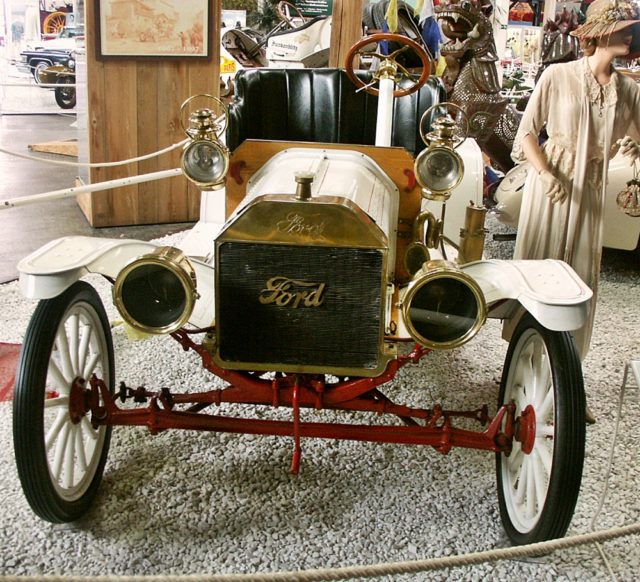
During this era, entire automobiles (including thousands of Model Ts) were even hacked apart by their industrious owners and reconfigured into custom machinery permanently dedicated to a purpose, such as homemade tractors, ice saws,[ or many others. Dozens of aftermarket companies sold prefab kits to facilitate the T’s conversion from car to tractor. The Model T had been around for a decade before the Fordson tractor became available (1917–18), and many Ts had been converted for field use.
For example, Harry Ferguson, later famous for his hitches and tractors, worked on Eros Model T tractor conversions before he worked with Fordsons and others. During the next decade, Model T tractor conversion kits were harder to sell, as the Fordson and then the Farmall (1924), as well as other light and affordable tractors, served the farm market. But during the Depression (1930s), Model T tractor conversion kits had a resurgence, because by then used Model Ts and junkyard parts for them were plentiful and cheap.
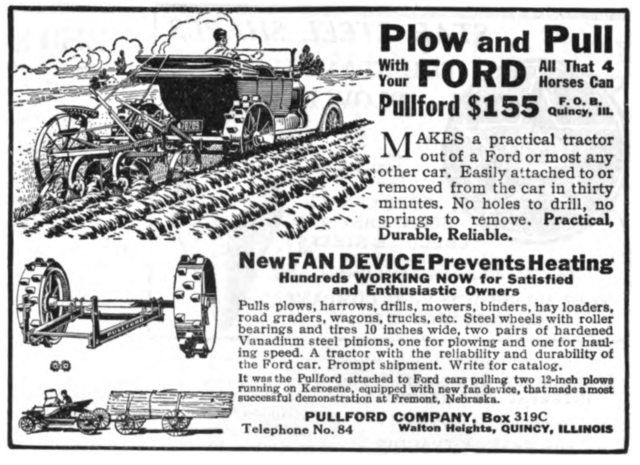
The Ford Model T was the first automobile built by various countries simultaneously since they were being produced in Walkerville, Canada and in Trafford Park, Greater Manchester, England.
starting in 1911 and were later assembled in Germany, Argentina,France, Spain, Denmark, Norway, Belgium, Brazil, Mexico, and Japan, as well as several locations throughout the US. Ford made use of the knock-down kit concept almost from the beginning of the company as freight cost had Ford assembling on the west coast of the US.
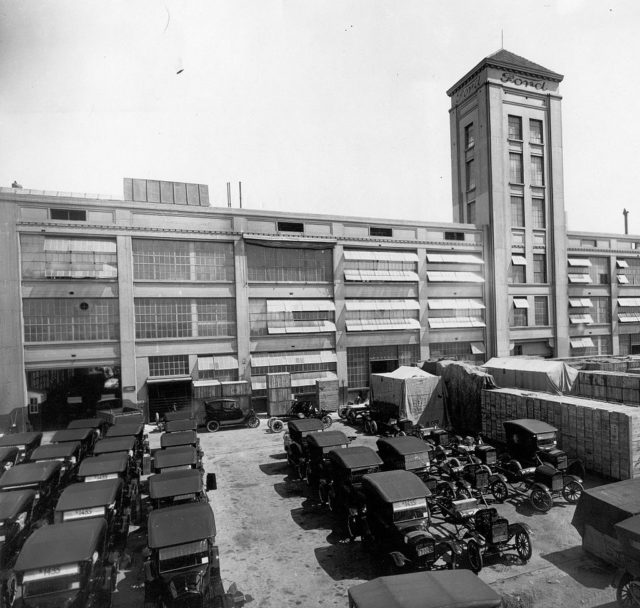
Ford created a massive publicity machine in Detroit to ensure every newspaper carried stories and advertisements about the new product. Ford’s network of local dealers made the car ubiquitous in virtually every city in North America.
As independent dealers, the franchises grew rich and publicized not just the Ford but the very concept of automobiling; local motor clubs sprang up to help new drivers and to explore the countryside. Ford was always eager to sell to farmers, who looked on the vehicle as a commercial device to help their business. Sales skyrocketed – several years posted around 100 percent gains on the previous year.
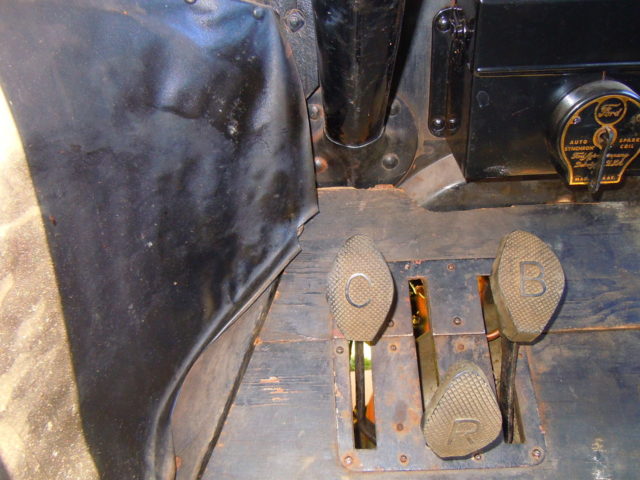
Cars built before 1919 are classed as veteran cars and later models as vintage cars. Today, four main clubs exist to support the preservation and restoration of these cars: the Model T Ford Club International, the Model T Ford Club of America and the combined clubs of Australia.
